
2023-02-27 09:50:00
U.S. ELECTRICITY CRISIS
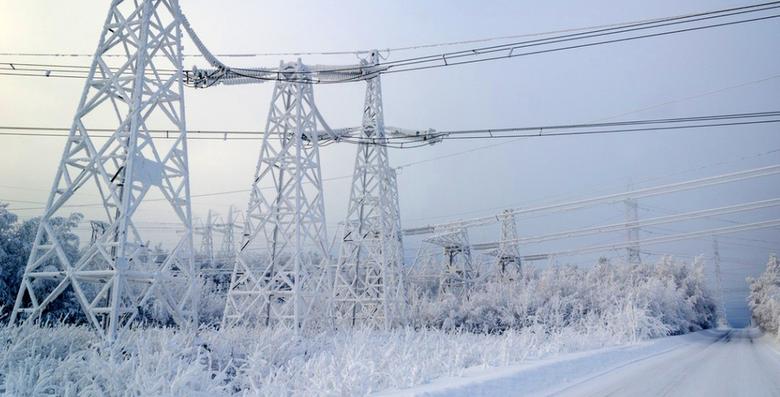
By LLEWELLYN KING Executive Producer and Host, White House Media, LLC
ENERGYCENTRAL - Feb 19, 2023 - The electricity system in the United States — all of it — is heading into a massive crisis in the not very distant future. It is a crisis that is known and continues to grow.
We are simply asking too much of the system — generation, transmission and distribution — to accommodate rapid electrification while it transitions from traditional generation to renewables, mostly solar and wind, if we don’t focus on resource adequacy and transmission.
-----
Earlier:
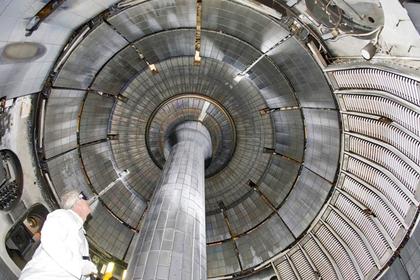
2023, February, 17, 10:45:00
U.S. FUSION DEVELOPMENT
The NSTX-U is the flagship fusion facility at the US Department of Energy's PPPL.
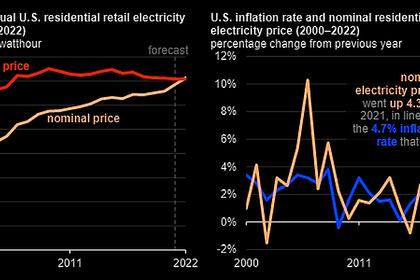
2023, January, 30, 11:20:00
U.S. ELECTRICITY PRICES UP
Electricity prices surged 14.3% in 2022, double overall inflation" Consumer Price Increase data released Jan. 12 by the U.S. Bureau of Labor Statistics indicate consumers paid 14.3% more yr over yr, compared to overall 6.5% rise in prices.

2023, January, 27, 10:05:00
U.S. ACCELERATE BIOFUEL
The U.S. Department of Energy (DOE) today announced $118 million in funding for 17 projects to accelerate the production of sustainable biofuels for America’s transportation and manufacturing needs.
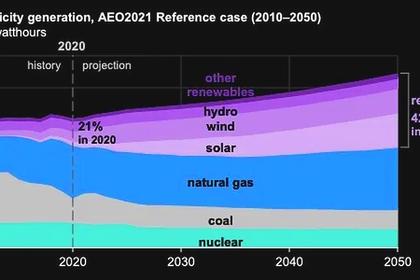
2023, January, 25, 10:25:00
U.S. ENERGY WILL UP
According to the latest issue of FERC's monthly "Energy Infrastructure Update" (with data through November 30, 2022), "high probability" additions by solar to U.S. generating capacity between December 2022 and November 2025 will total 72,809 megawatts (MW).
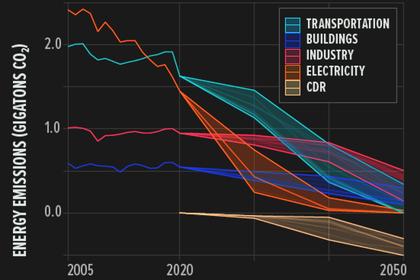
2023, January, 11, 11:15:00
U.S. TRANSPORTATION DECARBONIZATION
“The domestic transportation sector presents an enormous opportunity to drastically reduce emissions that accelerate climate change and reduce harmful pollution,” said U.S. Secretary of Energy Jennifer M. Granholm.
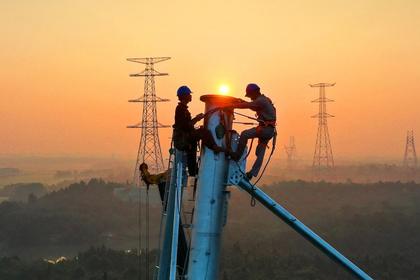
2022, December, 5, 11:35:00
U.S. TWIN ENERGY CRISIS
The sweeping push to replace fossil fuel plants with clean energy is forcing US power grids to the brink of a twin crisis, making electricity unaffordable while raising the specter of more frequent blackouts, a member of the Federal Energy Regulatory Commission said.
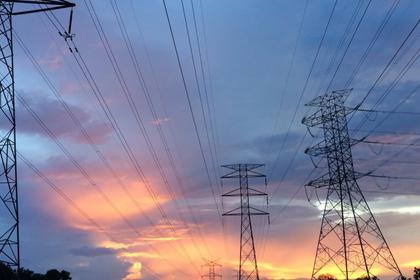
2022, November, 21, 10:55:00
U.S. ELECTRIC GRID INVESTMENT $13 BLN
Independent estimates indicate that the U.S. needs to expand electricity transmission systems by 60% by 2030 and may need to triple current capacity by 2050 to accommodate the country’s rapidly increasing supply of cheaper, cleaner energy and meet increasing power demand for electric vehicles and electric home heating and reduce power outages from severe weather.









